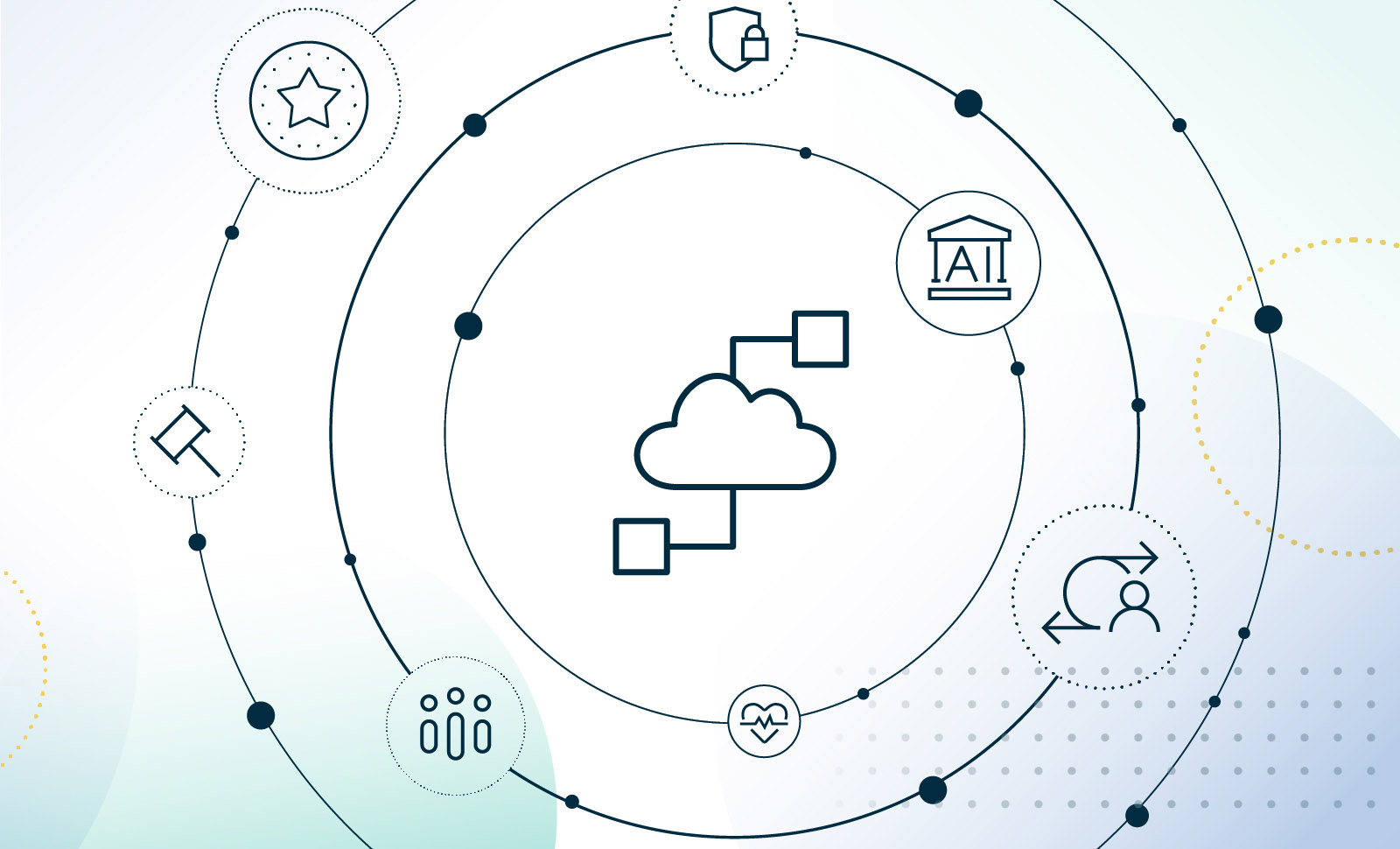Data is all around us. In our personal lives, we create it with every advertisement we click on, song we add to a playlist, and picture we post. In our professional lives, we generate more data with every term we search, email we send, and product or service we provide to our customers.
The International Data Corporation (IDC) predicts that more the 59 zettabytes will be created, collected and consumed in 2020; that’s a lot of data that can be either wasted or applied intelligently.
Organizations everywhere are scrambling to make the most of their data, but they often try to do so without a robust foundation that supports the enterprise. Sometimes they do this because they don’t know where to start, assume it requires too much heavy lifting, and fear a hefty price tag. But we’re here to tell you that the place to start is active data governance and it doesn’t require you to reinvent the wheel or scramble for every nickel and dime in your budget.
For organizations looking to transform into Data Intelligent market leaders, they need to establish a footing of active data governance and a system of record for data that allows them to collaborate, innovate and scale.
An introduction to Data Intelligence
Data Intelligence is the ability to understand and use your data in the right way. It is the result of connecting the right data, insights and algorithms to allow all data citizens to optimize processes, increase efficiency and drive innovation. True Data Intelligence allows organizations to unlock the value of their data and turn it into a strategic, competitive asset. Data intelligence allows organizations to:
- Access trusted data: Remove obstacles to grant seamless access to relevant data, with full transparency and rich context
- Automate processes: Use technology to quickly and easily understand where data is coming from and share it with others to drive business intelligence
- Collaborate across the enterprise: Facilitate sharing of data, reports and information to drive business value
Act fast or get left behind
When Data Intelligence is done right, it can transform your business. We’ve heard numerous stories about companies across industries using data to experience amazing outcomes:
- Lockheed Martin uses AI and ML to protect unconscious pilots
- American Express uses data to analyze behaviors and increase customer retention
- Cigna uses data to intervene with and diagnose patients faster and more efficiently
These are just a few examples of the hundreds of companies making changes out there. But these companies are still anomalies. They are unique because they took a strategic approach to their Data Intelligence program by building a foundation with active data governance and establishing a system of record for data.
In most cases, organizations don’t have this foundation and they embark on digital transformation programs without a solid footing, resulting in:
- Wasted time
- Wasted investment
- Costly fines
- Operational silos
- Untrustworthy data
- Duplicative data
The key: active data governance
Having a strong data governance framework is critical for advancing as a data-enabled enterprise. But building an infrastructure of active data governance can take you to the next level of Data Intelligence.
Data governance is simply managing data and processes so data is a consistent, secure and organized asset that meets policies. Good data governance first and foremost ensures the massive amounts of data in an organization can be harnessed for business value. Ungoverned data is messy, rule-less and cramps productivity. Data governance means an organization can trust their data to answer important questions, like which products in which markets are likely to deliver the highest revenue.
Active data governance takes it one step further. Active data governance is dynamic and involves automation. Data governance uses technology tools like data dictionaries, data glossaries and data catalogs to bring context to data, but active data governance removes the manual processes and builds, monitors, and boosts data quality and usability. These checks and enhancements are not one-offs; with active data governance, active metadata is constantly evolving and enhancing the data environment.
Active data governance also applies across all departments. It breaks down silos across the organization and enables people and technologies to work together across departments and divisions. Active data governance scales and keeps pace with ever-evolving organizations.
Crucial components of active data governance
Active data governance is not just a technology. Technology is used as a support system for data governance to allow people to use the consistent, secure and organized to deliver insights. Integral ingredients to active data governance includes:
- Roles and responsibilities: Manage complex relationships. Clarify owners and consumers of data.
- Policy management: Standardize rules, policies, procedures, and processes to drive efficiency and scalability.
- Risk and compliance: Prepare the organization for audits and protect sensitive data with data mapping, data discovery and data classification capabilities. Effective risk and compliance procedures not only help with adherence to regulations, but also boost data quality, transparency and visibility.
- Active metadata management: Enhance metadata with machine learning (ML), automation and human intelligence. Automatically operationalize and refresh metadata to continuously improve its quality and ensure consumers can get the most of this data.
- Collaboration: Again, active data governance is not just a technology, it connects the right people and the right data. Establish a system of record for data where stakeholders can join forces, analyze data, build a shared perspective, and generate insights in one place.
Deliver tangible results
Active data governance allows organizations to harness their data for value, to achieve Data Intelligence. Data Intelligence unlocks the value of data and turns it into an asset, so whether your organization is tackling offensive or defensive use cases, Data Intelligence transforms the business and delivers quantifiable outcomes
Offensive
- Revenue growth – customer acquisition, product innovation, promotion analysis, pricing optimization
- Operational efficiency – supply chain optimization, product inventory efficiency, marketing and sales efficiency, service optimization
Defensive
- Risk mitigation – data privacy compliance, personal information (PI) data discovery, policy enforcement, vendor risk management
- Data modernization – third party spend reduction, data lake optimization, report/application consolidation, reference data management
The Collibra Data Intelligence Cloud
The Collibra Data Intelligence Cloud is the system of record for data. Collibra delivers the only end-to-end, integrated Data Intelligence platform that’s purpose-built to automate data workflows and deliver trusted data insights to users. The Collibra Data Intelligence Cloud brings together deep visibility into the data ecosystem – from data warehouses and data lakes to master data repositories and operational databases – without moving data, so information assets stay protected.




